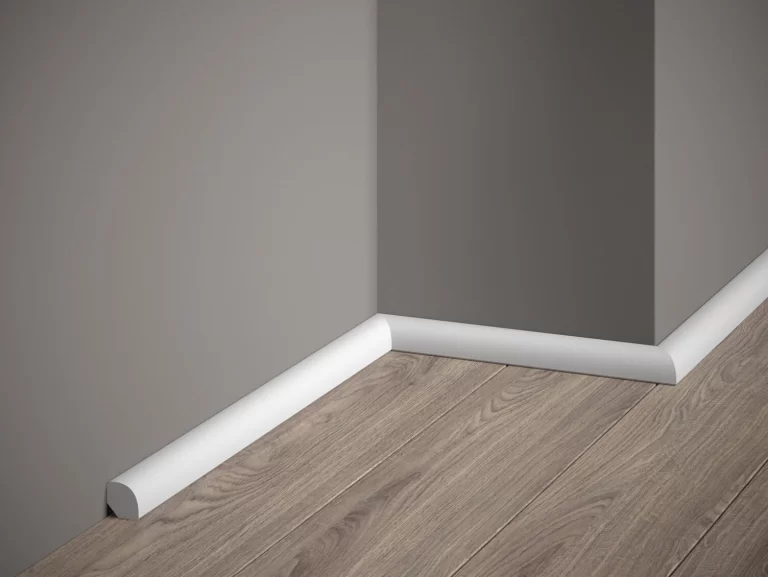It is well known that every time an object moves in a fluid, it experiences drag forces in the opposite direction, preventing it from moving forward. Whenever a ship or any marine vessel moves, it experiences a lot of drag force. You can walk on the ground hydrofoil, but have you ever tried walking in water? It’s exhausting, huh? Water is 50x thicker/dense than air, and rough waters and turbulences reduce ship efficiency.
An Emmanuel Denis Farcot patent dated 1869 provided the first evidence of a hydrofoil on a vessel. Later in 1898, Enrico Forlanini worked on his ideas hydrofoil and developed his designs on his ideas. Moreover, in the early 1900s, Alexander Graham Bell, the inventor of the telephone, experimented with & tested models based on the designs of Forlanini with his chief engineer, Casey Baldwin. Everyone likely knows the concept of airfoils.
The airfoil’s shape causes air to flow faster above a surface than underneath it, creating a low-pressure area above the surface. This pressure difference generates lift when moving through a medium. Earlier hydrofoils were shaped similarly and, in a V, -the shaped form that rises above the water, hence the name surface-piercing foils. Its biggest advantage, however, is that it is self-stabilizing when rolling.

Because the foils are completely submerged, turbulences and waves won’t rock the boat, and a smooth ride can be enjoyed! However, in terms of rolling motion, T-type foils do not self-stabilize. Therefore, a mechatronic control system maintains smoothness by changing the angle of attack of each foil accordingly. Some surfers can surf above water, making it a very interesting application of hydrofoils.
A similar design to the T-type configuration is used to attach the surfboards underneath the foils. The USSR introduced several hydrofoil-based crafts in the late 1900s that are still being used for military purposes, including the Turya class torpedo boats, the Matka class missile boats, and the Sarancha class missile boats. The US Navy also implemented a small number of combat hydrofoils, such as the Pegasus class, but they were all retired in the 1970s.
Today, I bring you another special vehicle apart from the other common ones. Well, we are talking about Hydrofoils. A very simple and elegant solution to current marine vessels’ problems. So, let’s not waste time & know more about them. So wouldn’t it be amazing if we could reduce the drag and increase the efficiency leaving the turbulences hamstrung? Well, that’s what hydrofoils do exactly.








